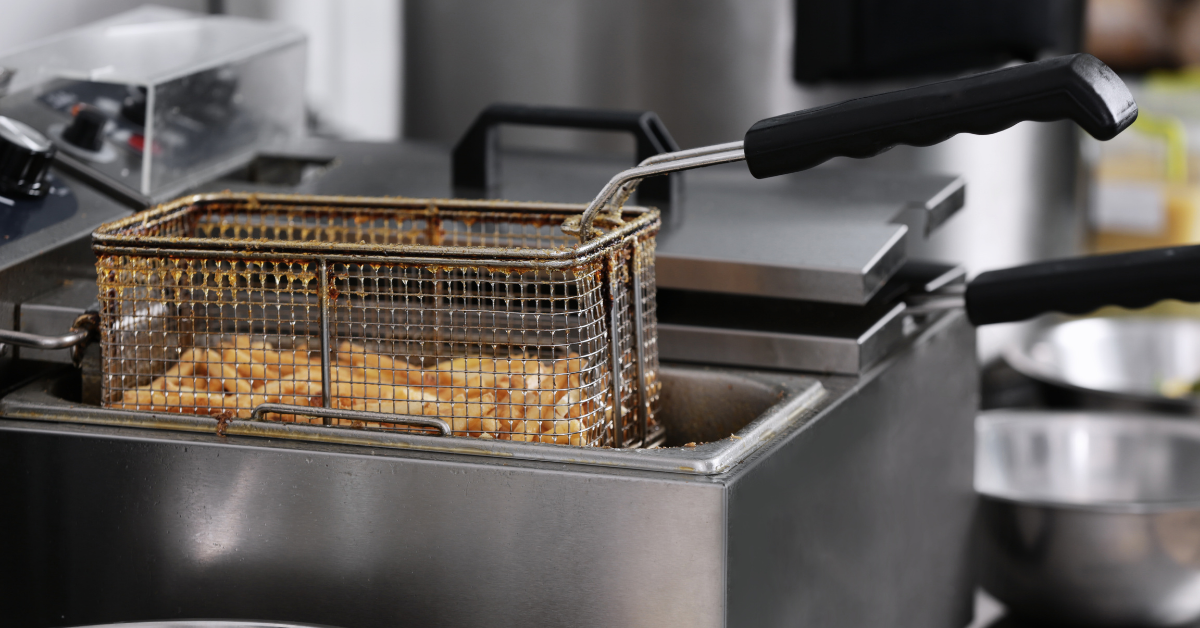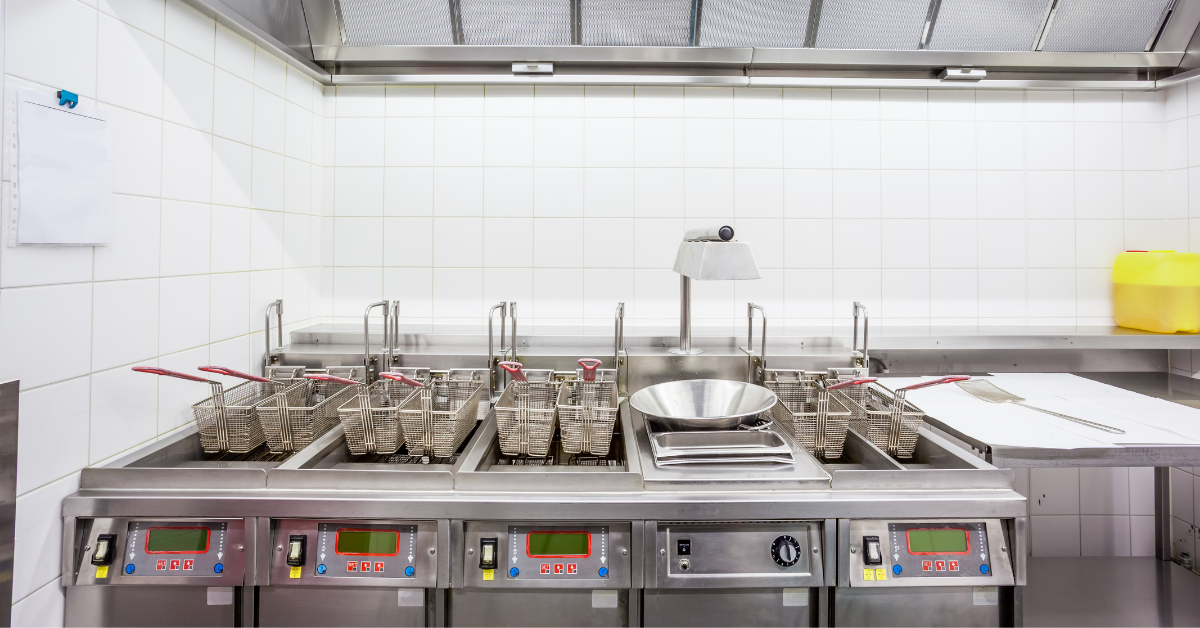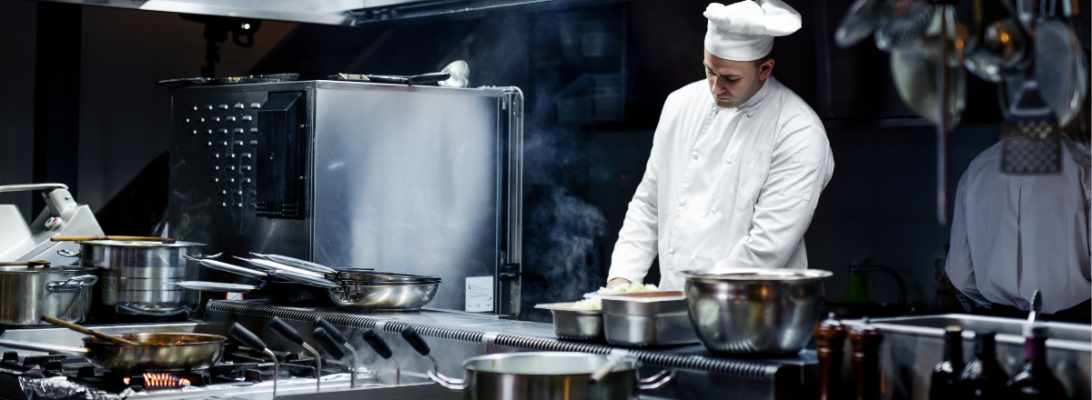A fryer is a staple in many commercial kitchens, but not all commercial fryers are created equal! With the help of Kingswood Leasing, you can get a fryer by paying comfortable monthly payments with no payment due at signing. Preserving your working capital is essential. In this post, you’ll learn how to choose a fryer that will best suit your operational needs.
How to Choose a Fryer for Your Commercial Kitchen
Tank Type
First, determine what size fryer will best keep up with the demand of your hungry patrons.
Fryer tank capacities are primarily measured by how many pounds of oil they hold. This means a 50-pound fryer can hold 50 pounds of oil. Most commercial fryers have an output of two times the weight of oil each hour. So, a 50-pound fryer can reasonably be expected to produce up to 100 pounds of food per hour.
While single-tank models work well for frying one type of food at a time, twin-tanks allow you to cook multiple kinds of food at once. One added benefit of twin tanks is that you can choose to run only one tank at a time. This benefit can help the unit be used in a more energy-efficient way.
Filtration
A fryer model with built-in filtering capabilities can be an excellent choice for those looking to reduce operating costs. These models filter the oil used in the fryer to extend its life and improve cost-effectiveness.
Without a filtration system, operators can expect most oils to last no more than three days. While manually filtering the oil can extend oil life by a few days, units with built-in filtration can keep oil fresh for up to nine days. Not only does this reduce your oil expenses, but it also saves your staff time and ensures your food items are always fried in great-tasting oil.

Temperature Control
Your options here are either a computer process controller or a manual dial thermostat controller. The manual control is just that; it allows the operator to control the unit’s temperature manually. While this is often a lower-cost option, the operator must have advanced knowledge on how to fry different food items to ensure everything is cooked correctly. A computer process controller automates the process and allows the fryer to adjust temperatures, resulting in perfectly cooked items every time.
Recovery Time
Recovery time refers to how long it takes for the oil to return to the optimal temperature after food is added. This is important because it can affect the taste of the food and the efficiency of the fryer. Learn more about recovery time here (https://www.pitco.com/blog/why-fryer-recovery-times-are-important).
Sediment Zone
The location of the sediment zone is essential when it comes to the ease of fryer maintenance.
As small pieces of food fall off during the frying process, they collect and eventually become carbon residue. This process is called carbonization, and it can ruin the taste of your food. Carbonization also ruins your oil quality.
Sediment zones prevent carbonization by holding food particles at a slightly lower temperature, so they do not burn.
You will need to clean the sediment zones regularly and ensuring you can access the area easily is key.

Gas Vs. Electric
Electric fryers are typically used in kitchens that fry foods infrequently or at a low volume. Gas options offer quick cycle times and can fry a high volume per hour.
Learn more about the difference between gas and electric options in this in-depth article from the Foodservice Equipment Journal. (https://www.foodserviceequipmentjournal.com/the-big-fryer-debate-should-you-buy-gas-or-electric/)
Placement
Finally, you’ll need to choose between a model that sits on the floor and a model that is set on top of an existing surface. For establishments frying high volumes of food items, a floor-standing model will be best. However, if only niche items are fried in small batches or your fryer is used infrequently, a smaller tabletop model will likely suffice. Freeing up floor space can be especially helpful in small kitchens, such as cafes or concession stands.
Equipment lease financing ensures you get the equipment you need now while still having the cash you need on hand for increased labor costs, unforeseen expenses, and day-to-day operational costs.
Contact us today to learn more about how we can help you with your equipment lease financing needs!

